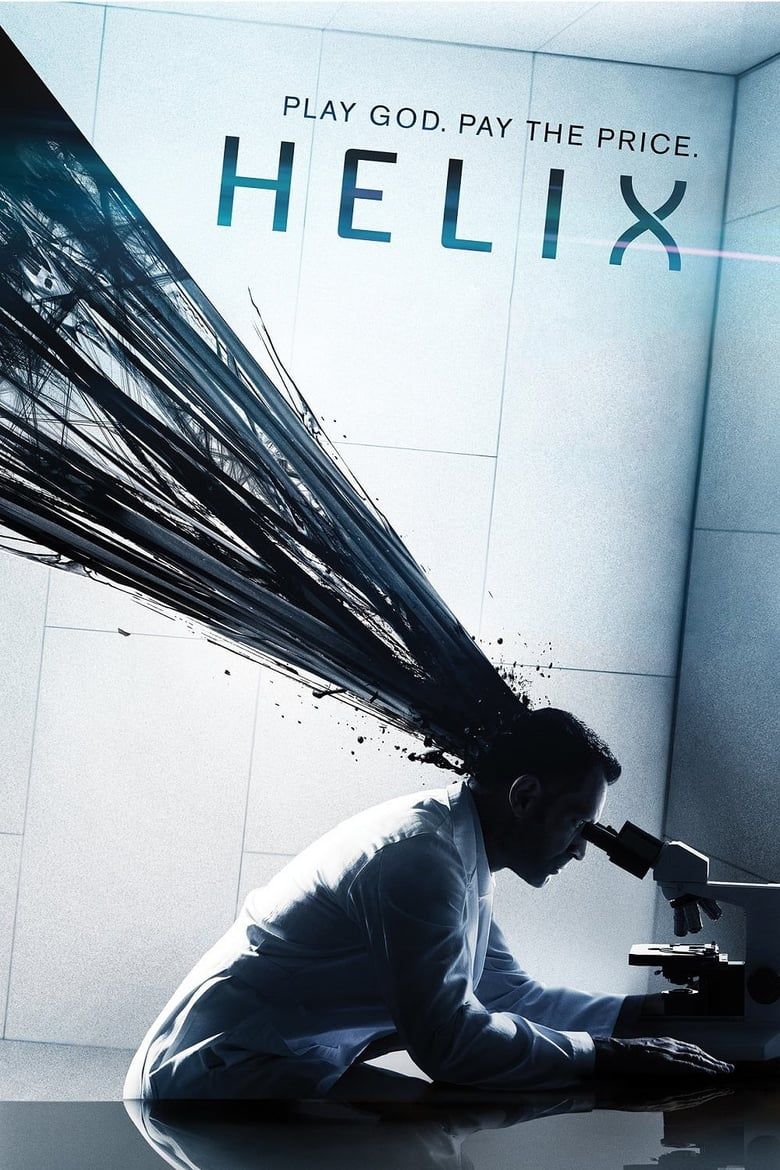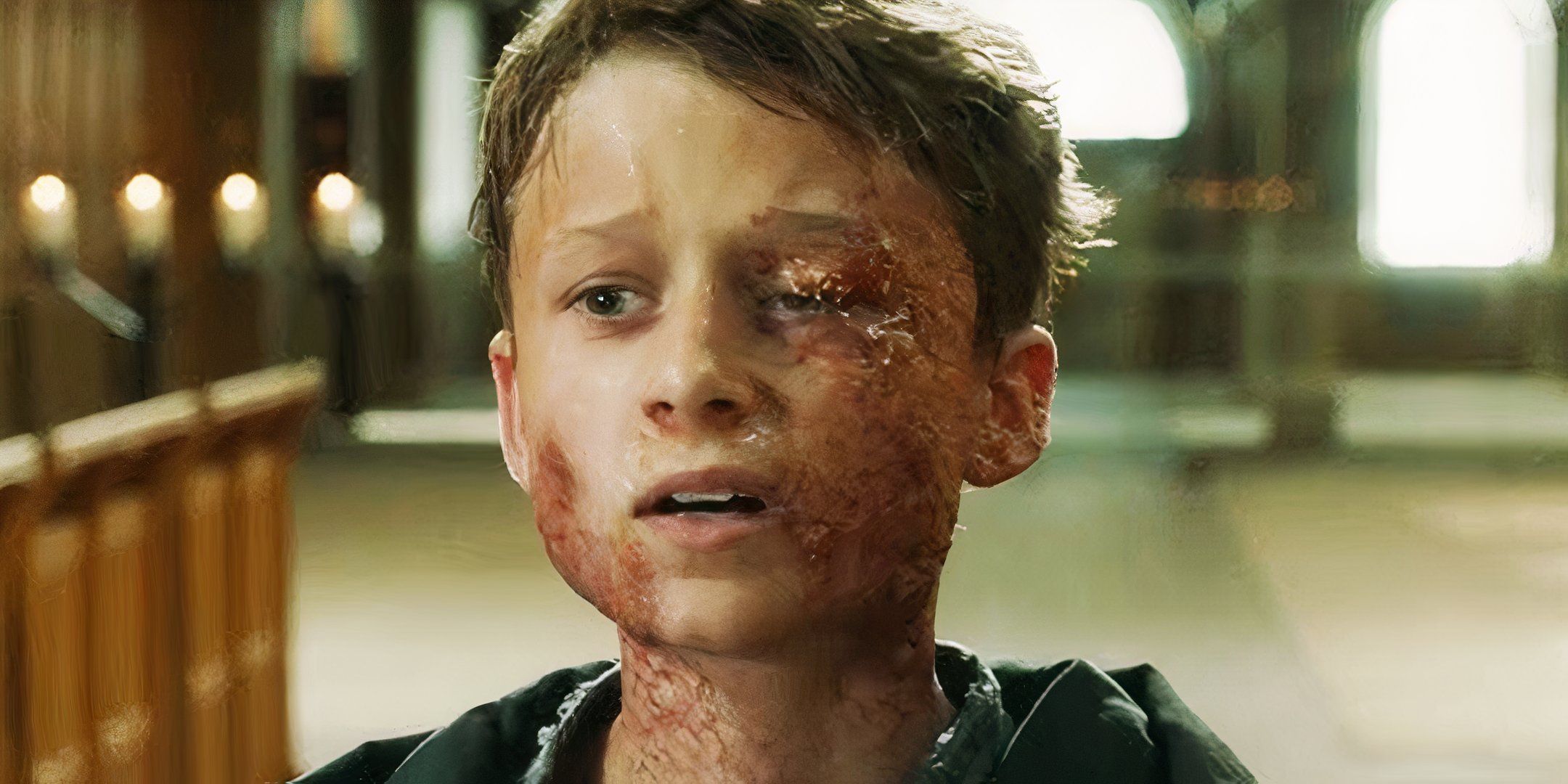
Zombie TV shows are everywhere, from the shambling epic that is The Walking Dead to The Last Of Us’s prestige dystopia. However, while these heavy hitters continue to dominate the genre conversation, there’s one lesser-known series that deserves just as much praise: Helix. It came and went fast – but it delivered a truly fresh take on the zombie outbreak formula.
Running for two seasons on SyFy between 2014 and 2015, Helix never had the blockbuster budget or fanfare of the genre’s biggest titles. However, what it did have was ambition. Rather than falling into the trap of repeating zombie movie and TV show tropes, Helix blended science fiction, psychological horror, and virology-driven storytelling to push the genre somewhere new – and, at times, terrifying.
For fans of zombie TV shows looking for something they haven’t seen before, Helix is essential viewing. Its world is eerily plausible, its characters operate in a moral gray zone, and its virus doesn’t behave the way we’ve come to expect. It’s a shame more people don’t talk about it, because Helix was doing unique things before genre oversaturation made innovation essential.
Helix Is A Hidden Gem From SyFy About A Deadly Virus Outbreak
Claustrophobic Settings Made Helix Feel More Claustrophobic And Intense Than Most Zombie TV Shows
Helix kicks off with a biohazard emergency at a remote Arctic research base run by a shadowy biotech corporation. When the CDC sends a team to investigate a potential viral outbreak, things go sideways fast. Dr. Alan Farragut (Billy Campbell) leads the mission, only to discover that the infection isn’t just deadly – it’s transformative. The infected are faster, stronger, and disturbingly aware.
This is where Helix starts to diverge from the average zombie TV show. The outbreak is contained to a single, high-tech facility buried in ice, so instead of a world in ruins, we get a terrifyingly tight space where the infection could be hiding behind any sealed door. As the virus spreads, paranoia and fear escalate, creating a survival horror atmosphere closer to The Thing than The Walking Dead.
Helix’s terrifying take on zombies (called vectors in the show) are a chilling evolution of the genre norm. They’re not reanimated corpses, they’re people overtaken by a black ichor that amplifies aggression and erases empathy. Vectors don’t shuffle – they sprint. They don’t groan – they scream. They don’t wander aimlessly – they hide, wait, and strike. One of the show’s most haunting visuals is the infected silently crawling through vents or leaping from shadows with unsettling precision.
The sense of urgency and isolation never lets up
What makes the premise of Helix even stronger is the layered personal drama. Alan is searching for his missing brother Peter (Neil Napier), who may have had a hand in the outbreak. Julia Walker (Kyra Zagorsky), Alan’s ex-wife, has her own personal connection to the virus. These emotional stakes weave tightly into the larger conspiracy, giving the terrifying horror TV show a surprising amount of intimacy.
For all its high-concept science fiction, Helix always circles back to its characters and the choices they make under pressure. The sense of urgency and isolation never lets up, especially in season 1. In a crowded field of zombie TV shows, Helix carved out something tense, sharp, and distinct.
What Makes Helix Different From Your Typical Zombie TV Shows
Helix Trades Post-Apocalyptic Sprawl For Tight, Paranoid Psychological Horror
While most zombie TV shows take place after society collapses, Helix is all about the moment right before. Its focus isn’t on scavengers or soldiers – it’s on scientists trying to stop the end of the world before it begins. The entire first season unfolds in one claustrophobic research station. Plus, while season 2 changes scenery, it doesn’t go big – it goes cult.
In Helix season 2, the narrative shifts to a strange island community run by the enigmatic Brother Michael (Steven Weber). It’s another isolated setting, but instead of sterile laboratories, the danger here festers beneath a veneer of peace. Again, Helix pushes away from the typical zombie TV show vibe, exploring how belief systems and bioengineering collide with disaster.
The virus in Helix doesn’t just change bodies – it rewires minds.
The infected still pose a physical threat, but Helix is more interested in the emotional and psychological toll. Characters spiral, relationships implode, and loyalty is tested constantly. The tension is internal as much as external. Viewers don’t know who to trust, or even who’s been infected. The virus in Helix doesn’t just change bodies – it rewires minds.
Tonally more similar to Lost to than it is to other zombie TV shows, Helix teases a grand mythology beneath its surface-level plotlines. There’s a secret society called Ilaria Corporation, mysterious immortals, and cryptic flashbacks that deepen the lore. The show layers ambiguity on incredibly thick, and the results are just as satisfying.
For fans of zombie TV shows who are tired of open-world survival plots, Helix offers something fresh: containment. It brings the horror closer, making every scene feel like it could go sideways. There’s no break from the threat, and no sprawling wasteland to get lost in – only corridors, whispers, and science gone horribly wrong.
Helix Is A Reminder That You Can Still Do New Things With Zombies
Zombie TV Shows Often Stick To A Formula, But Helix Proves There’s Still Room For Innovation
It’s no secret that zombie TV shows can get repetitive. Once the dead rise or the virus becomes widespread, the plots often fall into familiar beats: band together, survive, shoot the infected, repeat. Even the best shows in the genre tend to cycle the same emotional arcs and moral dilemmas. That’s why Helix still stands out.
For starters, the infected in Helix – vectors – are terrifying because they don’t follow the genre’s usual rules. They’re not mindless monsters. They’re smarter, faster, and coordinated. They use the ventilation system to travel unseen. They communicate, strategize, and sometimes mimic their pre-infection personalities to lure victims in. This creates a threat that’s less like a horde and more like a hidden predator.
This choice changes everything about the show’s rhythm. Action scenes in Helix aren’t about brute force, they’re about containment, deception, and paranoia. The CDC scientists aren’t warriors; they’re thinkers. However, when the vectors strike, it’s chaos. Every death is quick, brutal, and personal.
The virus is never just a virus – it’s a narrative device to explore fear, obsession, and identity.
The psychological horror of Helix is where it really innovates. The infection doesn’t just kill, it manipulates. It makes the infected behave like something halfway between human and machine. Plus, the show adds many unique narrative layers: immortality, genetic engineering, ancient orders, and moral compromises. The virus is never just a virus – it’s a narrative device to explore fear, obsession, and identity.
In many zombie TV shows, the infected are the big bad. In Helix, the real villain might be humanity’s hubris. The virus came from ambition. The outbreaks came from cover-ups. Even the “heroes” are constantly making ethically gray decisions in the name of progress.
Helix proves that zombie TV shows don’t need to copy the same formula to be scary, smart, or compelling.
The tone also sets Helix apart. It’s slick, stylish, and occasionally surreal. The use of incongruously cheerful music over violent scenes is unsettling and unique. One episode might feel like 28 Days Later, while the next leans into gothic horror or sci-fi thriller, but it all fits.
Helix proves that zombie TV shows don’t need to copy the same formula to be scary, smart, or compelling. With only 26 episodes and an 81% Rotten Tomatoes score for season 1, it’s one of the genre’s most fascinating detours – and one that more people should be taking.

Helix
- Release Date
-
2014 – 2015-00-00
- Directors
-
Steven A. Adelson, Jeremiah S. Chechik, Brad Turner, Duane Clark, Bradley Walsh, Grant Harvey, Mike Rohl, Jeff Renfroe
- Writers
-
Steven Maeda, Misha Green, Tiffany Greshler, Javier Grillo-Marxuach, Leigh Dana Jackson, Adam Lash, Sean Crouch, Timothy J. Lea, Allison Miller, Keith Huff, Cameron Porsandeh, Mark Haslett
-

-

Billy Campbell
Dr. Alan Farragut
-

Cat Lemieux
Dr. Doreen Boyle
-

Julian Bailey
Lt. Humphries






